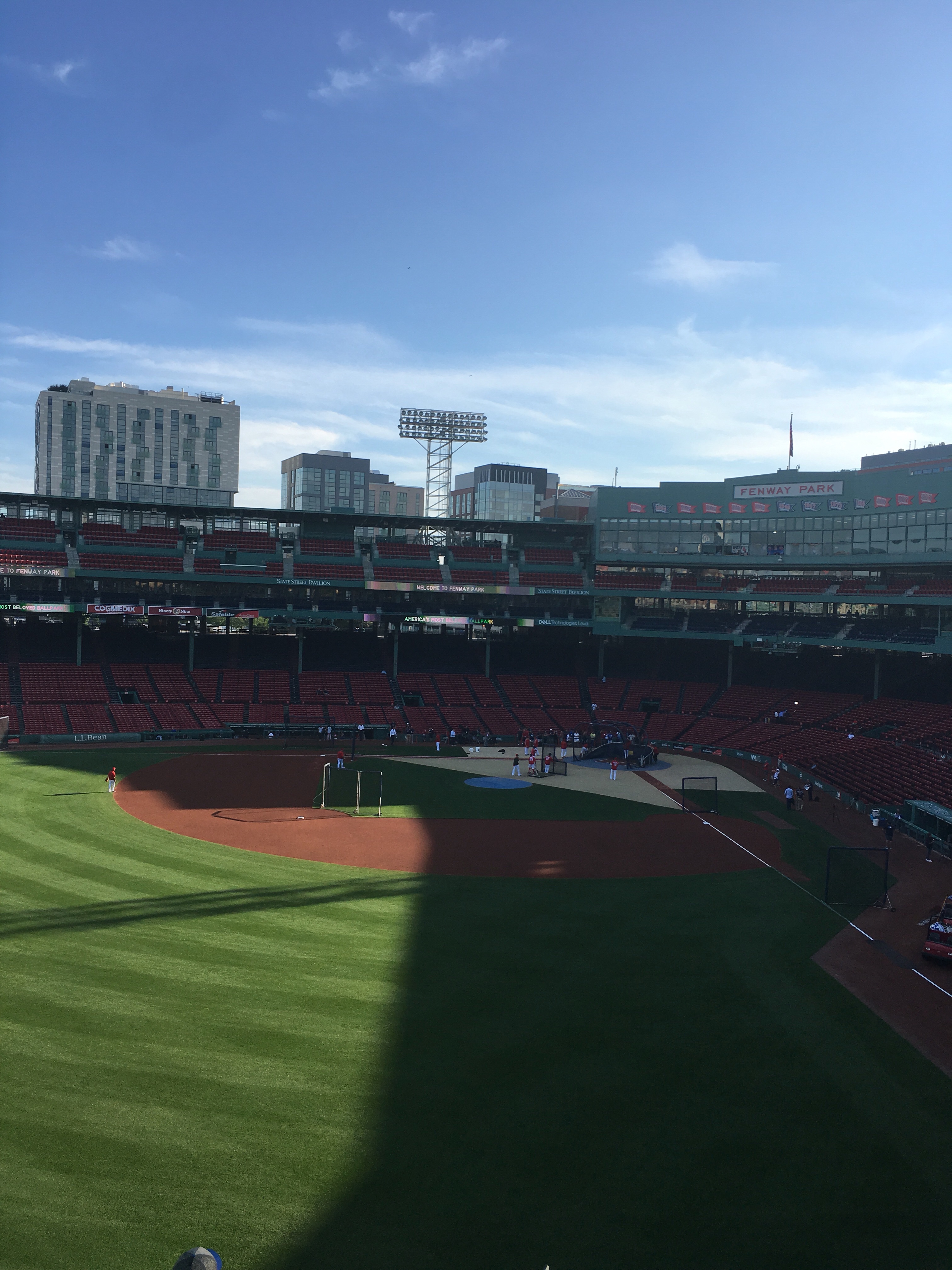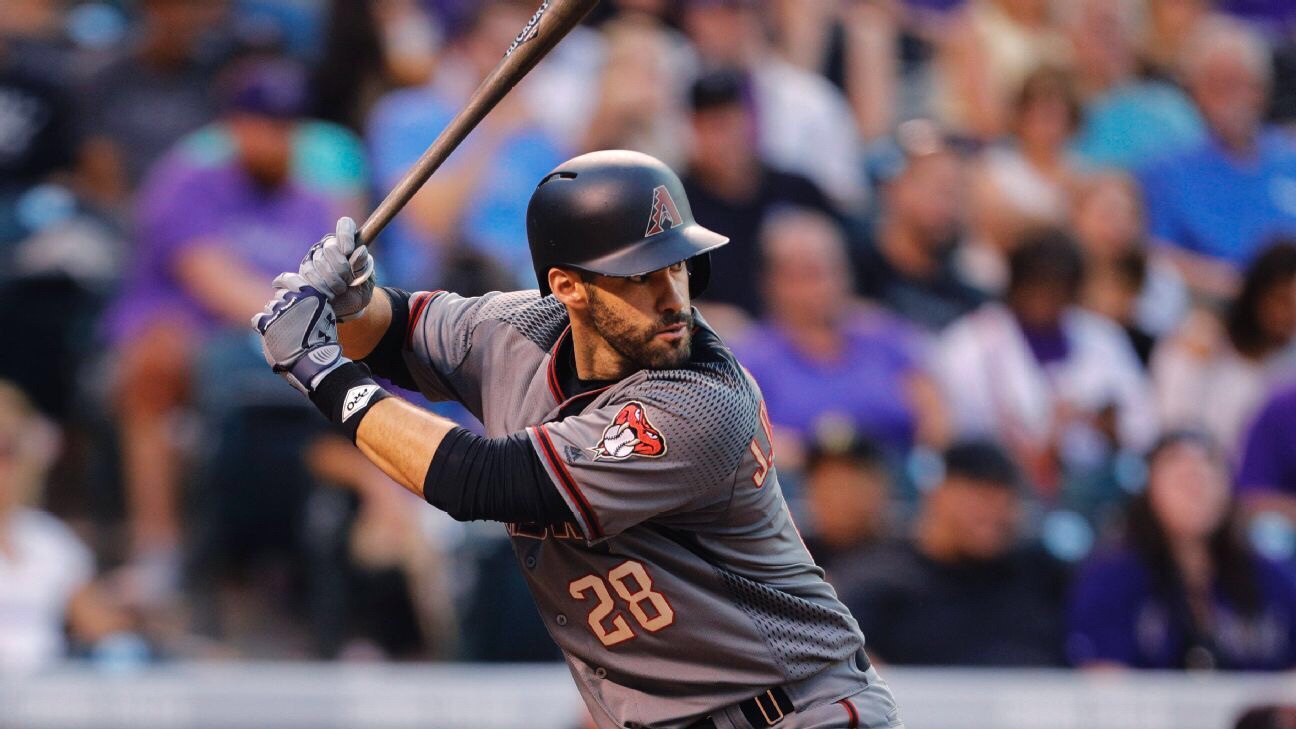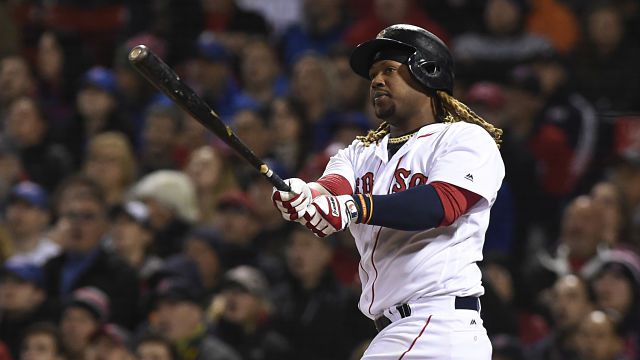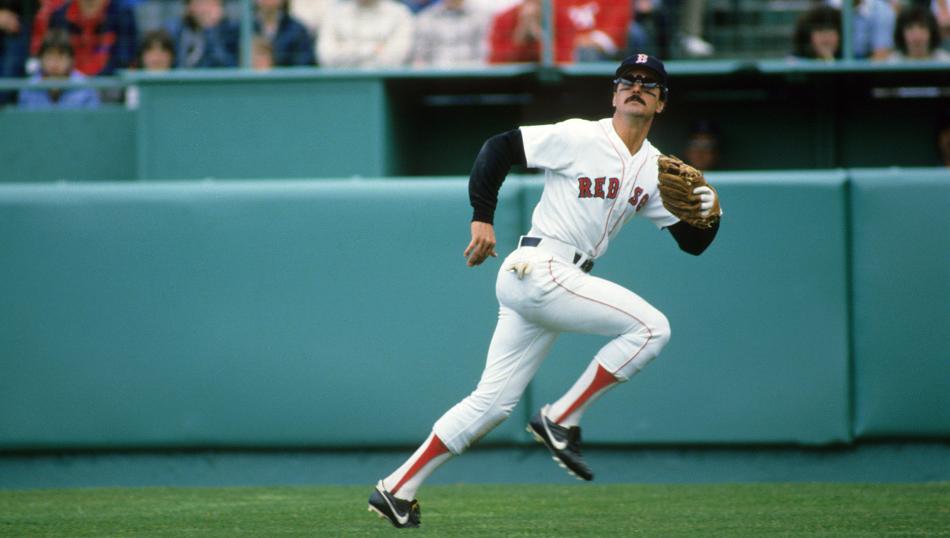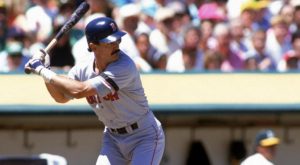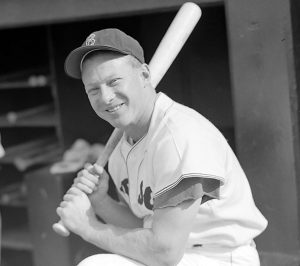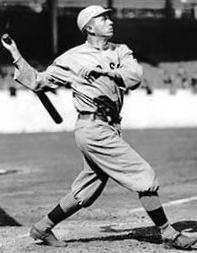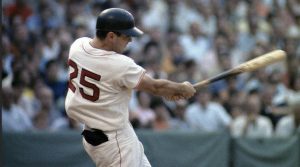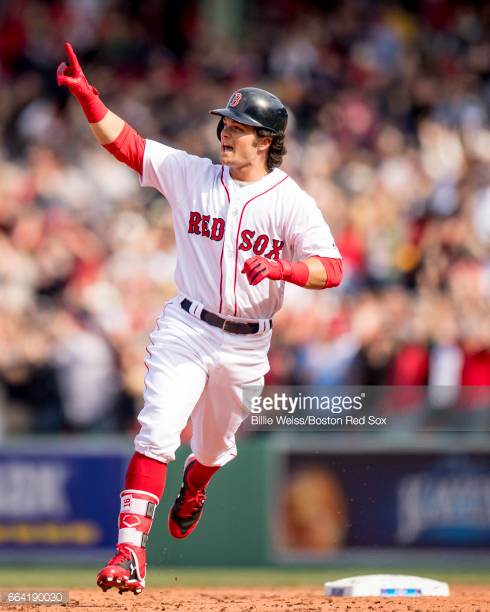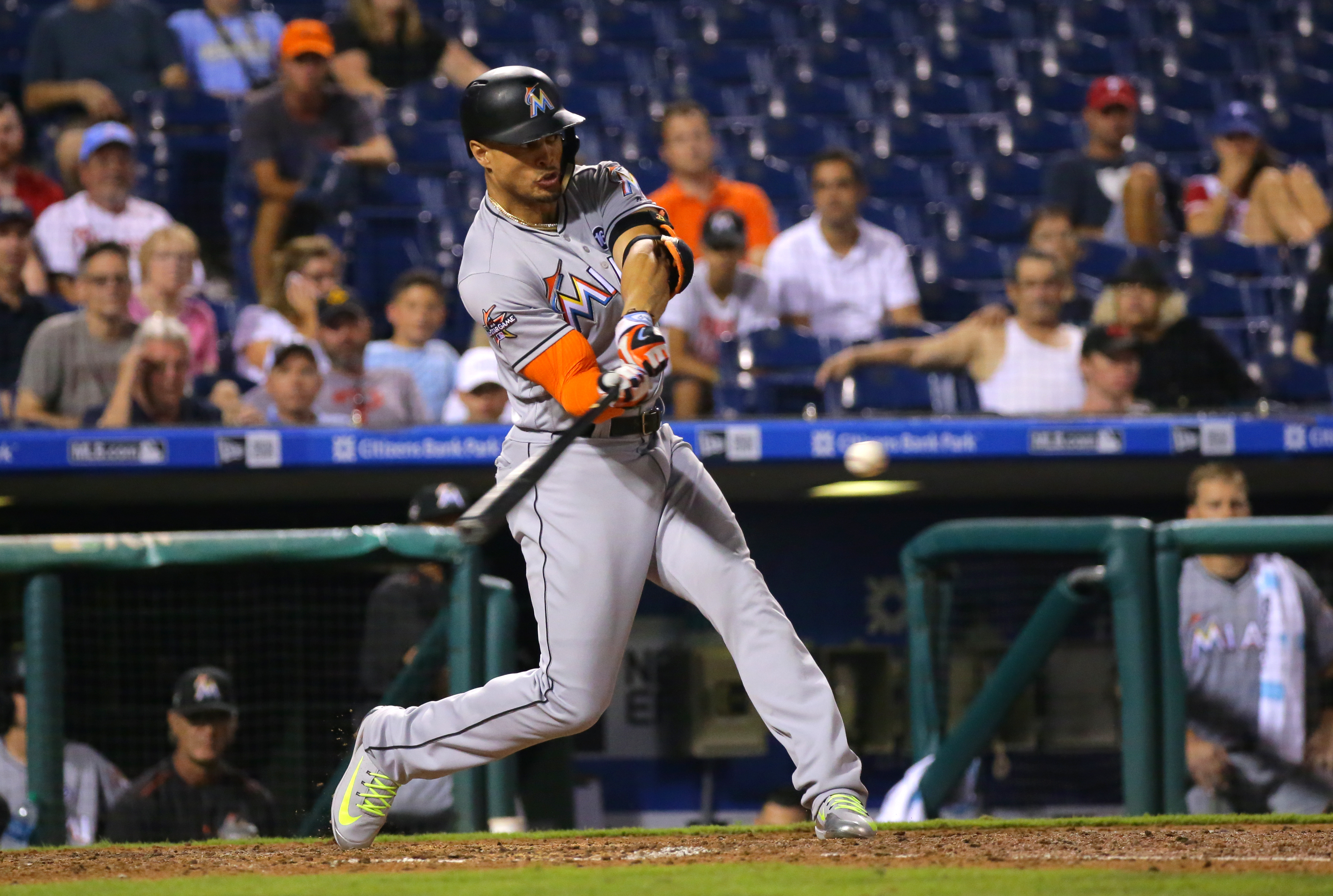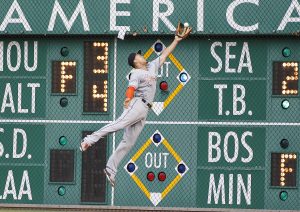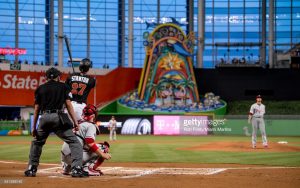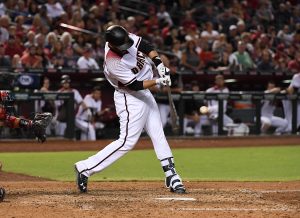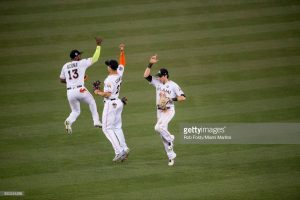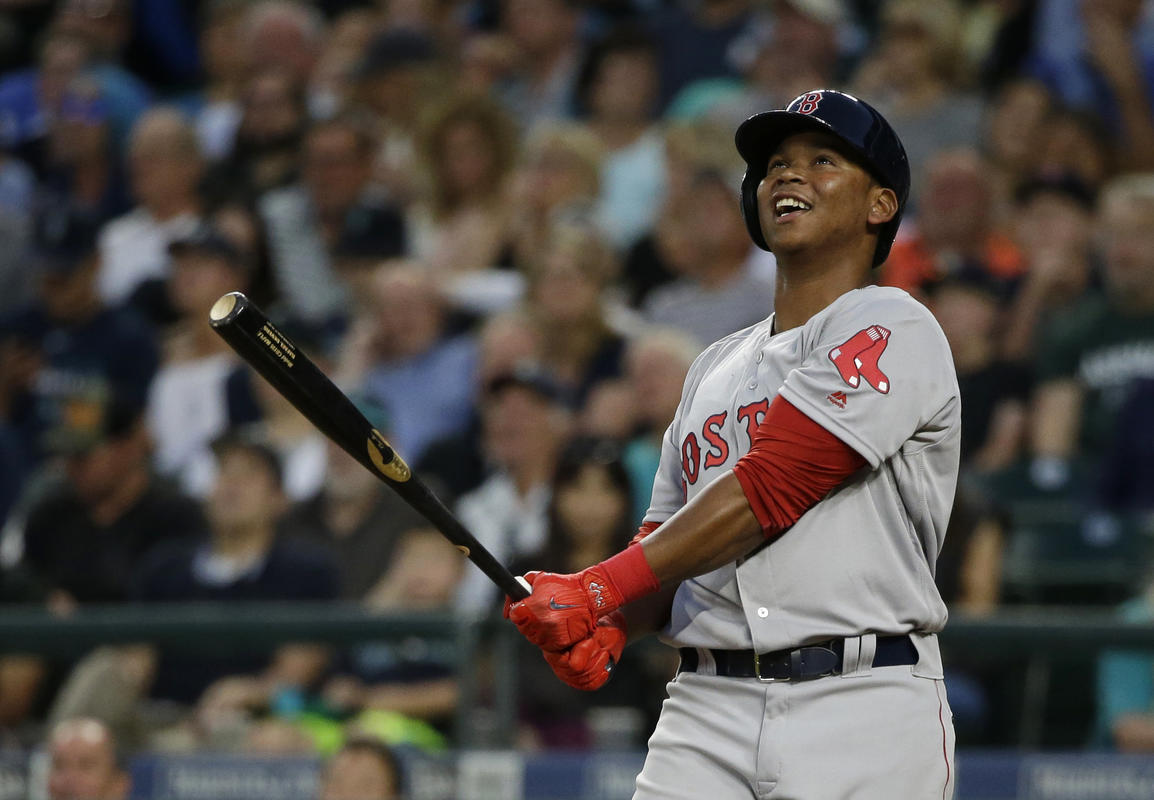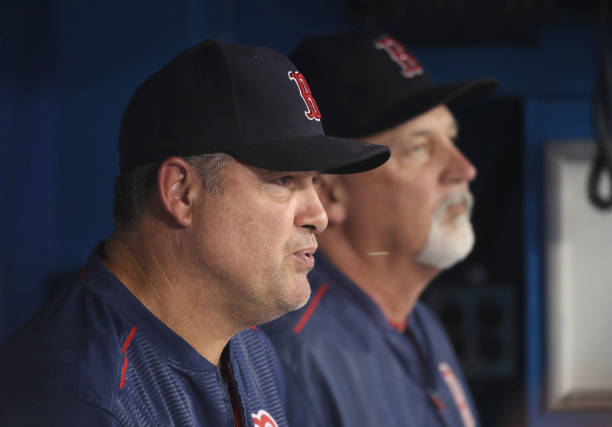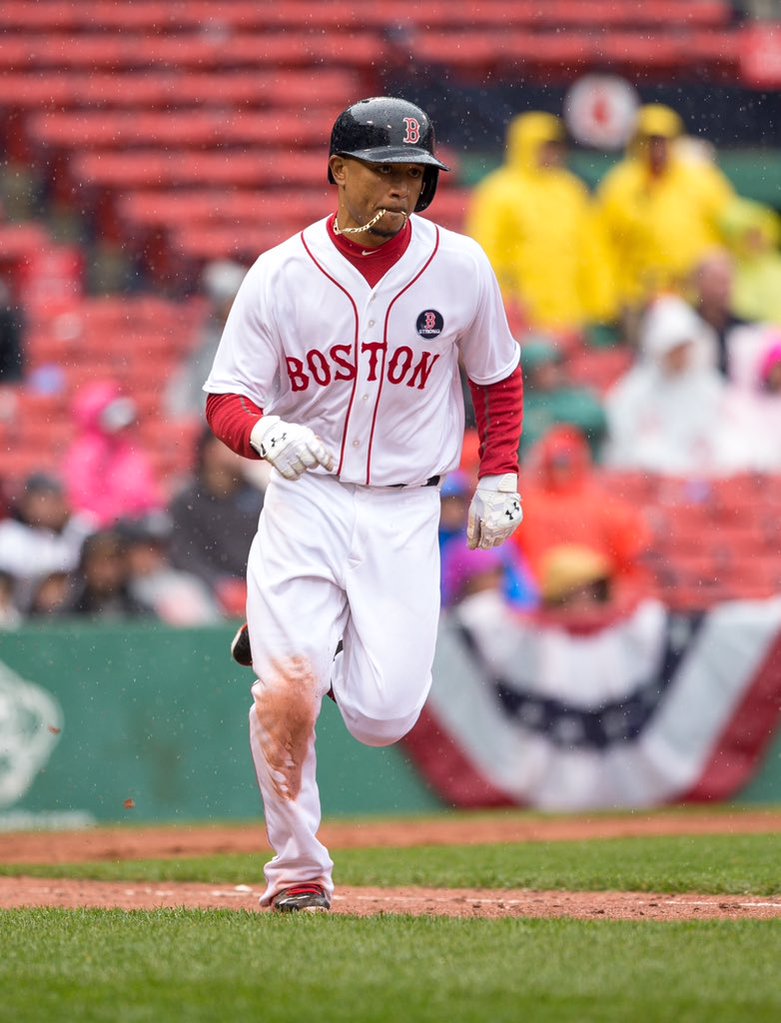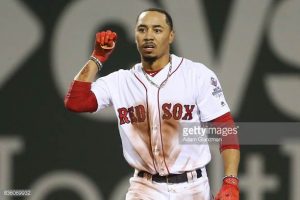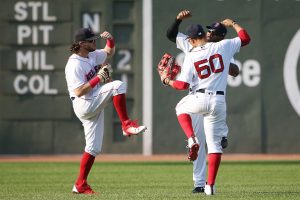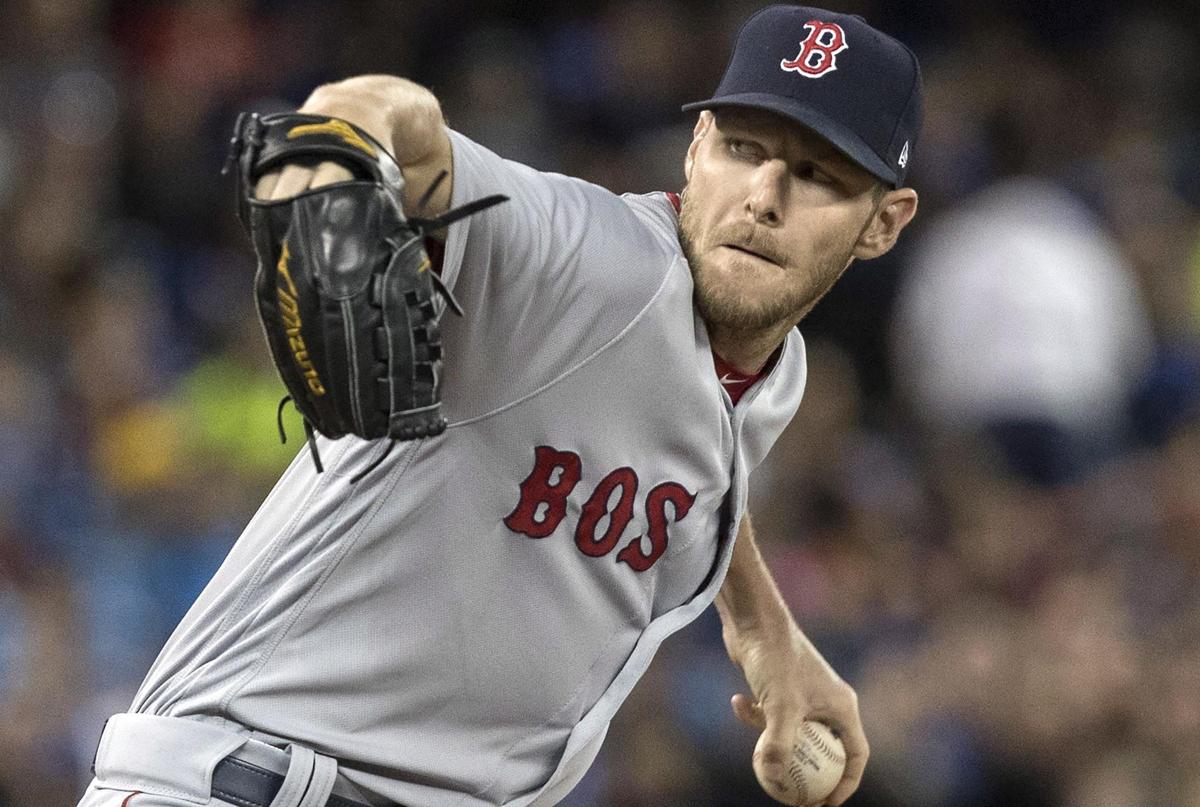Current or New Hitters?
J.D Martinez is still on the market, and Spring Training is around the corner. The Sox have shown interest in Martinez, and it is a waiting game to see what he is going to do. With the Red Sox organization not making any moves to get the power hitter that they need, it’s time to look at the possibilities of the current power hitters. There’s still hope that the Sox will pick up a power bat, but the questions are who and when. Could it be J.D., or a could it be a current player? The Red Sox have good hitters, but they need great hitters if they are going to stack up against other teams.
Hanley Ramirez

The current designated hitter of the Sox has always been a great batter. “El Trece” had a tough 2017 season, and his place on the team has definitely been questionable. With the possibility that J.D Martinez becomes a part of the Red Sox roster, what will happen with Hanley? With Mitch Moreland back for another season, Hanley is not going to be the first choice for first baseman. The thing Hanley needs to work on the most is his control and keeping his eye on the ball. Watching tapes and trying to see where he hits the ball is the best way for Hanley to approach a tough pitcher. Could 2018 be Hanley’s year to be the power hitter everyone is looking for?
Mookie Betts
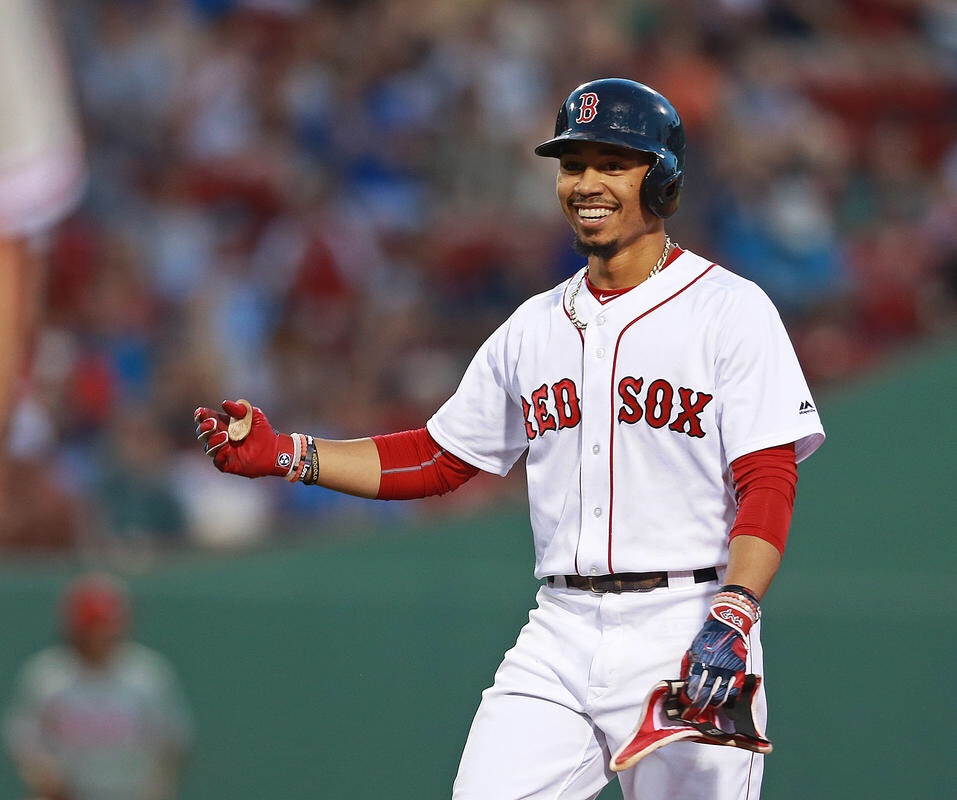
There is no doubt that Mookie is a great player. With consecutive Golden Gloves he has proven that he is a strong outfielder. Mookie is young, but he is confident with his swing. When he can control the bat he hits beautifully, and it definitely pays off. He ranked high on the team with twenty-four runs in the 2017 regular season. There is rarely a day that Mookie doesn’t play or has an all around bad game. Mookie has a special quality of being great in the outfield and at the plate simultaneously. The 2018 season could be the time for Mookie to lock in and show that he has the potential to play for many more years. As a hitter, Mookie is strong and has the chance to be even greater.
Andrew Benintendi
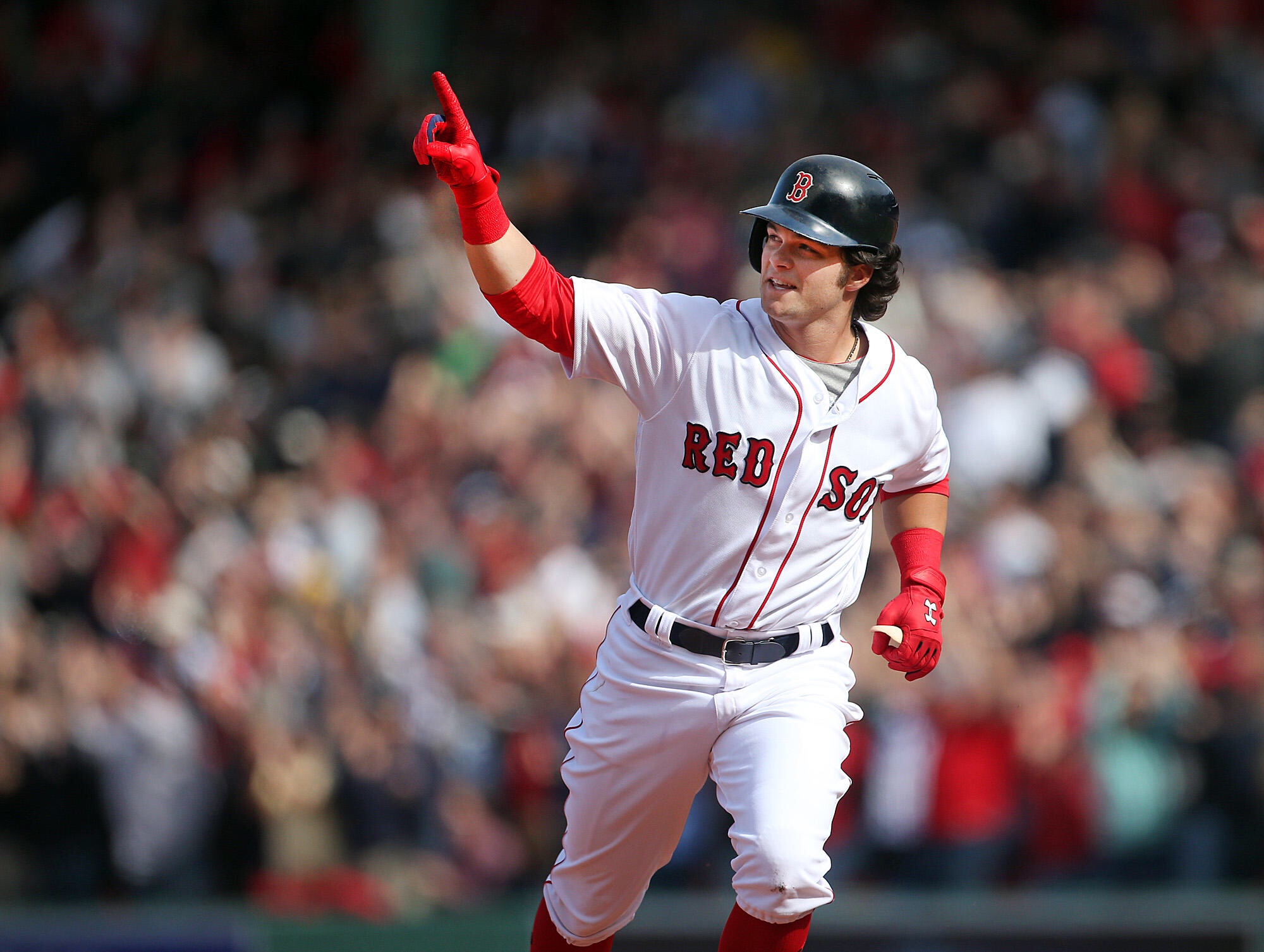
The former rookie has learned to play the Monster with poise very quickly. Benintendi has a beautiful swing. If it’s done right, Benintendi hits big. The biggest thing for Andrew to work on is his execution and control while at home plate. Now he is aware of how certain players will pitch to him, and is learning the dynamics of playing at Fenway. He is young and has the potential to play left field for many more years. Andrew hit twenty home runs in his rookie season after cutting his 2016 appearance short with an injury. This season is the year for Benintendi to focus on his hitting power. Benintendi is one of the hitters with a style. He swings with power and is quick. He has the potential to turn his swing into more.
Rafael Devers
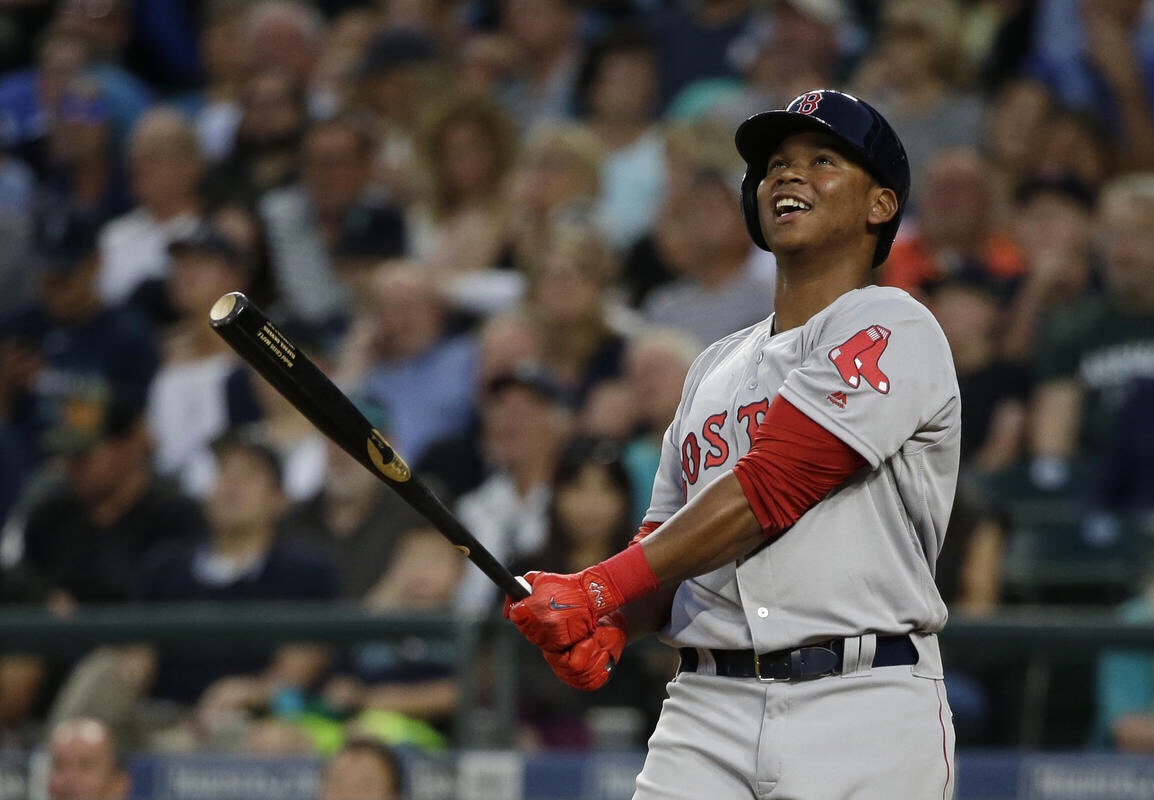
The soon to be rookie of the Sox quickly became popular after being called up from Pawtucket last season. Hitting ten homers very quickly after his arrival proved that Devers was a force to be reckoned with. Rafael is undoubtedly going to be one of the most watched rookies in Sox history. Devers formed a quick bond with people like David Ortiz and Pedro Martinez, and maybe their advice will push him over the edge. The baby-faced player quickly became a household name in New England with his ease to hit homers at Fenway. With that being said, it seemed almost unreal when you see Devers play, because he is just freshly twenty-one and playing like a veteran.
Jackie Bradley Jr.

Jackie Bradley’s 2017 season can be remembered by that one catch he made where he robbed Aaron Judge of a home run. He’s a force in the outfield with his amazing power arm. It is going to be interesting to see if he takes his power arm and uses it to benefit himself at the plate. A notable seventeen runs in the 2017 season showed that there is promise with Bradley Jr. He is a player with compassion and leaves his heart on the field. Perhaps the best thing about Bradley is his arm. Due to his power arm, he protects the outfield and prevents runs. Therefore, if during Spring Training Jackie puts his arm to work on his batting, he will definitely become a key player or one of the power hitters of the Sox.
Sources
Boston Herald
MLB
Sports News Instant
